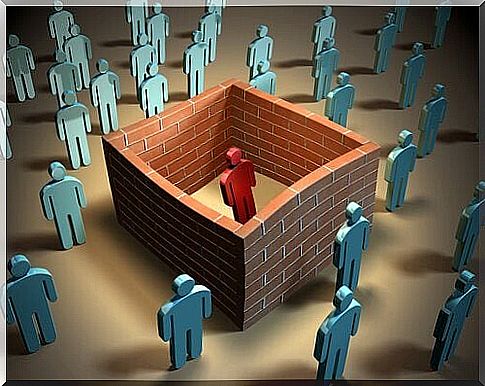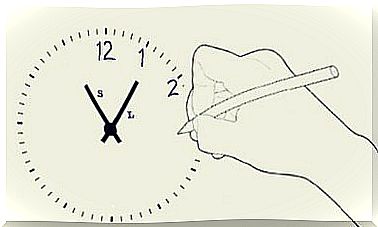Hikikomori: Syndrome Of Social Isolation

In recent years there has been a worrying increase among young people of the so-called social isolation syndrome or Hikikomori. This phenomenon is characterized by voluntary confinement and solitude. The person seeks extreme isolation, because he perceives the outside world as hostile, violent and aggressive.
Originally this syndrome was known by the name of Hikikomori which in Japanese means “to stay on the sidelines, isolate oneself”.
It was defined in 200 by the Japanese psychiatrist Tamaki Saito as a new social disease based on intentional self-confinement for a period of at least 6 months. Most of the time it affects young adults who do not have any kind of social relationship, nor are they engaged in educational or professional activities.
Main feature of Hikikomori: social isolation
The person suffering from Hikikomori avoids any contact with the outside world; the fear of leaving his comfort zone is extreme. For this reason, he plunges into complete social isolation by locking himself in his room for long periods. Underlying this choice is a deep desire to be alone and a general apathy towards others .
Before completely isolating himself in his small cubicle, the person gradually closes the channels of communication. At first she locks herself in the room for days, then for weeks and so on, until she spends whole years alone. Spend your time sleeping, watching television or engrossed in the virtual world of online video games.
In most cases, the circle of friends is very small or none at all. Young people with social isolation syndrome have contact with the outside world only through electronic devices. And those who suffer very severely from it don’t even enjoy this telematic interaction, as they undergo more ostracism.
Alteration of circadian rhythms
The syndrome of social isolation causes temporary swings in the main biological variables of the organism. For example, these young people sleep during the day and spend the night submerged in video games. As for meals, they make them out of hours and with great imbalance and lack of food control. They often order fast food delivery or eat precooked foods.
Likewise, they neglect their personal hygiene. A typical feature of the Hikikomori is to accumulate rubbish around itself, due to the aforementioned repulsion to go out into the street or even from the room, even if only to throw the garbage.
The role of parents
Shinguru is a Japanese term which in Italian means ‘big baby’ (derived from the English parasite single ). It refers to those adults who live with their parents, under their tutelage and care. They seek to enjoy a comfortable life that they could not get by living alone.
If we talk about a teenager and his room, the relationship with the other members of the house is practically non-existent. Although in some cases these young people fear their parents and adopt aggressive behaviors, others show themselves deeply worn out by the sadness that, persisting over time, leads to anxiety and depression. Sometimes this isolation and deep dissatisfaction leads them to commit suicide .
Variants of Hikikomori Disorder
All the subgenres of the social isolation syndrome have in common the voluntary confinement of the subject. But not everyone who suffers from it closes in the same way or to the same degree. In this sense, there are 4 types of Hikikomori:
- Pre-hikikomori: the person leaves for school or university, but avoids any kind of social interaction as much as possible.
- Social hikikomori: the person refuses to work and study, but maintains some social relationships, especially on the internet.
- Tachisukumi-gata : the person shows a marked social phobia. When she faces the outside world, fear paralyzes her.
- Netogehaijin : literally translated as ‘computer zombie’. These young people are completely isolated and when they are not sleeping they spend their time in front of the computer and other virtual means.

Several hypotheses to explain the Hikikomori disorder
The causes that explain the origin of this psychological alteration are not yet known. Some scholars claim that it is technology that causes these people to lose touch with reality Others believe that excessive pressure on the part of the family generates this isolation. The expectations that parents have towards the future of their children lead them to interrupt communication first with their parents and , little by little, with others. There is also talk of socio-economic and economic factors.
This syndrome was first described in Japan, which is why at first it was thought to be tied exclusively to the Japanese individualistic and competitive culture , in which millions of cases are recorded. However, cases of Hikikomori – or similar – have increased in recent years in countries such as Italy, Spain, the United States, Oman and India.









